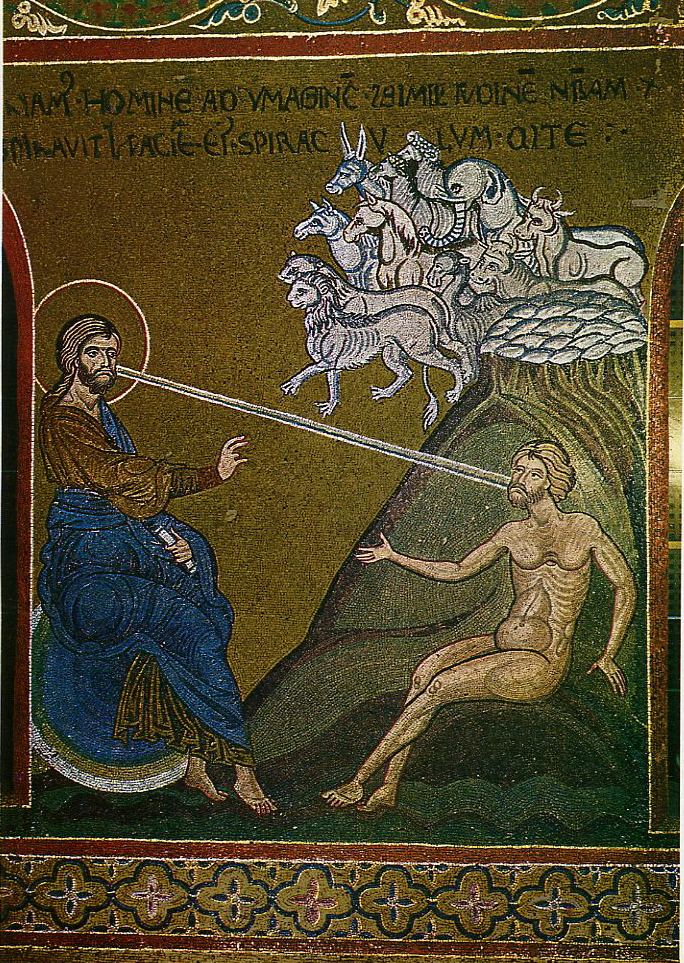 | ||
During the 6th millennium BC, agriculture spread from the Balkans to Italy and Eastern Europe, and also from Mesopotamia to Egypt. World population was essentially stable at numbers ranging between approximately 5 and 7 million.
Contents
Events
Environmental changes
Inventions, discoveries, introductions
Cultural landmarks
References
6th millennium BC Wikipedia(Text) CC BY-SA
